Sicily Italy-A Dazzling Island in Mediterranean Sea
Geography
Sicily is in the central Mediterranean Sea, south of the Italian Peninsula. Its most prominent landmark is Mount Etna, the tallest active volcano in Europe, and one of the most active in the world, currently 3,357 m high. Sicily has a roughly triangular shape with a total coast length estimated at 1,484 km. and the total area of the island is 25,711 km2 To the northeast, it is separated from Calabria and the rest of the Italian mainland by the Strait of Messina. about 3 km wide in the north, and about 16 km wide in the southern part. The terrain of inland Sicily is mostly hilly and is intensively cultivated.
Sicily and its surrounding small islands have some highly active volcanoes. In fact, Sicily is geologically on the northern edge of the African continental plate. Mount Etna is the largest active volcano in Europe and casts black ash over the island with its regular eruptions. Mount Etna is widely regarded as a cultural symbol and icon of Sicily. The Aeolian Islands in the Tyrrhenian Sea, to the northeast of mainland Sicily, form a volcanic complex.
The Aeolian Islands
The Aeolian Islands sometimes referred to as the Lipari Islands, are a volcanic archipelago in the Tyrrhenian Sea north of Sicily. Island is named after Aeolus, the mythical ruler of the winds, and the inhabitants are known as Aeolians. The Aeolian Islands are a popular tourist destination in the summer and attract millions of visitors annually. The present shape of the Aeolian Islands is the result of volcanic activity over a period of 260,000 years. There are two active volcanoes-Stromboli and Vulcano, Steaming fumaroles and thermal waters are on most of the islands. Geologically the archipelago is defined as a volcanic arc, where two plates collide and generate magma.
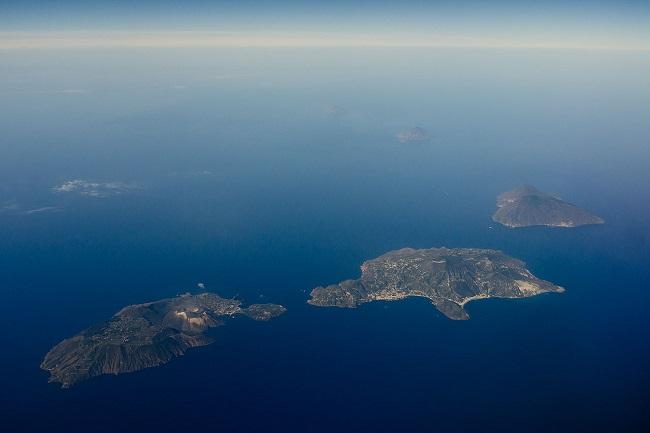
Map of Sicily Italy
A map of Sicily shows cities, towns, villages, highways, main roads, lakes, and mountains. The Ionian, Tyrrhenian, and Mediterranean Seas engulf Sicily and its smaller offspring, the little islands: The Aeolians, Egadi, and the Pelagie Islands.
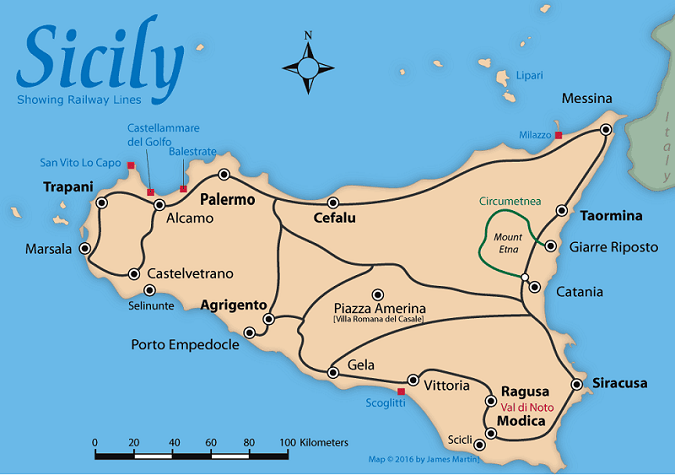
Sicily Italy Beach
Sicily consists of more than a dozen offshore islands and over 1500 km of coastline on the Ionian, Tyrrhenian, and Mediterranean seas. Sicily beaches are often of the pebbly variety sorted towards sandy nature than other Mediterranean hotspots. The coastal scenery is most dramatic, with deep blue, turquoise, and emerald-green waters framed in rugged rocky outcrops. Swimming conditions are at their best from June to early October.
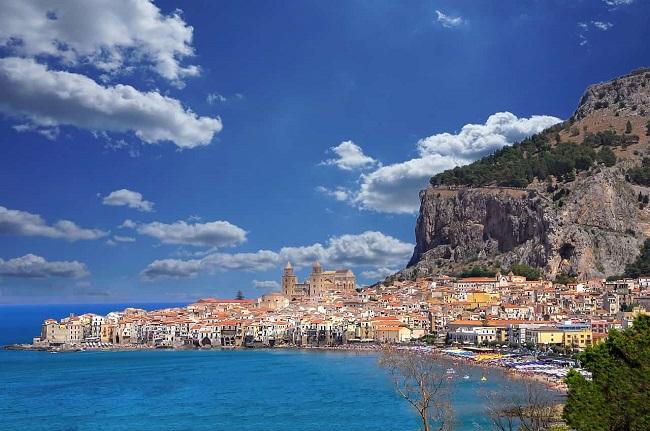
Explore the bays of Isola Bella for the Best snorkeling, Scala Dei Turchi’s is known for beach scenery and Spiaggia di Cefalu is famous for families vacation. Spiaggia Valle Muria is the Best beach for boat touring. It is surrounded by sheer cliffs, on the southwestern shore of Lipari and is among the Aeolian Islands’ most beautiful swimming and sunbathing spots.
Read more- A Surprising Landscape-Bagan Myanmar
Sicily Italy Weather
The weather in Sicily is Mediterranean along the coasts and on the smaller islands, with mild, moderately rainy winters and hot, sunny summers. In inland areas, the climate is slightly more continental on the hills, where winters become moderately cold and summers are still hot. In mountain areas, it is colder, although, at the same altitude, it’s certainly not as cold as in the Alps or the Apennines. Rainfall is usually not abundant at low altitudes since it ranges from 375 to 600 millimeters per year. The landscape is often semi-arid because of the long summer drought, especially at low altitudes and on the southern slopes.
Things to do in Sicily Italy
Perched in an Isolated hillside, Segesta’s perfect Doric temple is among Sicily’s most magical spots. Dating from around 430 BCE and standing in splendid isolation amid fields of wildflowers and grasses the temple is the perfect place to have a spiritual visit.

Sicilian pasta is a signature dish for all of Italy. Hit Catania for pasta Alla Norma (pasta topped with eggplant, basil, fresh ricotta, and tomatoes). In Palermo, try pasta con le sarde (pasta with sardines, pine nuts, raisins, fennel, and breadcrumbs). Celebrate some other regional pasta.
Take a plunge at Venus’ Pool and this is the best thing to do in Sicily. It is a natural pool on the Mediterranean coast. The gorgeous rock-fringed waterhole makes an idyllic spot for swimming and sunbathing. The site is accessed within a 15-minute walk through a landscape of olive groves, cactus, and stone walls, its tranquil turquoise waters are separated by a small ring of rocks.
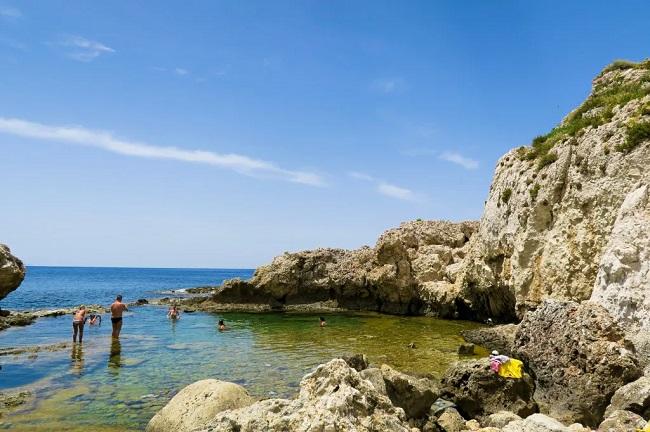
The feeling of volcanic heat on Stromboli is amazing to experience in Sicily. one can climb almost halfway up the slope to the Sciara del Fuoco Viewpoint. From this 375m-high vantage point, you can see the blackened lava flowing down the northern flank. In the distance, you can still see the same explosions of lava that guided the way for passing ships in ancient times.
The fabulous Area Marina Protetta di Ustica, a marine reserve off Ustica’s western shore, is one of the best dive sites in Sicily. The area is most spectacular, extending along the west flank of the island from Punta Spalmatore to Punta Megna. Two of the island’s most beautiful natural grottoes- the Grotta Segreta and the Grotta Rosata -are located here.
Cala Pulcino is the most remote beach on Lampedusa, Italy’s southernmost island. Hike to a beautiful beach is the best thing to do in Sicily Italy. The pebbles are fine and the cove’s dramatic and lonely setting between two rocky headlands makes it a wonderful place. Lampedusa’s prettiest hiking trail leads this place. Alternatively, one can get a boat from elsewhere on the island.
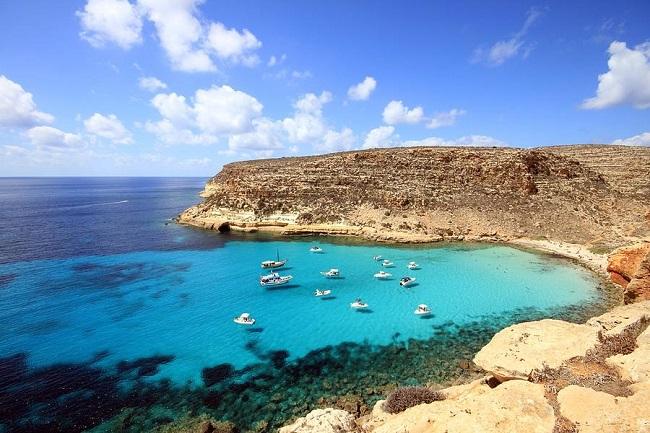
Swimming in Sicily’s clearest waters is the perfect activity in Sicily. The electric-blue waters at Cala Rossa, on Favignana’s north shore, is the best place to enjoy. One can reach the cove on a dirt path with a steep scramble down to the crystal-clear water.
Cities in Sicily Italy
Palermo city was founded by the Phoenicians, in the year 734 BC. The Carthaginians then came in the 5th century BC before the loss at the hands of the Romans for over a thousand years. The city is situated on Sicily’s northwest coast, it was once the island’s capital. Palermo is an important maritime port and a UNESCO World Heritage site with an enviable collection of treasures from the Arab-Norman period. Palermo is home to some of the most famous food markets in Italy. One of the oldest and most renowned on the island is Ballaro, just a stone’s throw from the main city.
The city of Catania is the second most populous city in Sicily. Situated on the Ionian coast, it lies 216 kilometers southeast of Palermo, the regional capital of Sicily. Catania is an important port town and also one of the Late Baroque Towns inscribed since 2002 as a UNESCO World Heritage Site. Catania’s most famous sights include the Fontana dell Elefante, the eleventh-century Catania Cathedral, and the Castello Ursino fortress. The elephant fountain is located on Piazza Duomo. The beautiful piazza is one of the main reasons Catania has its place on the UNESCO list.
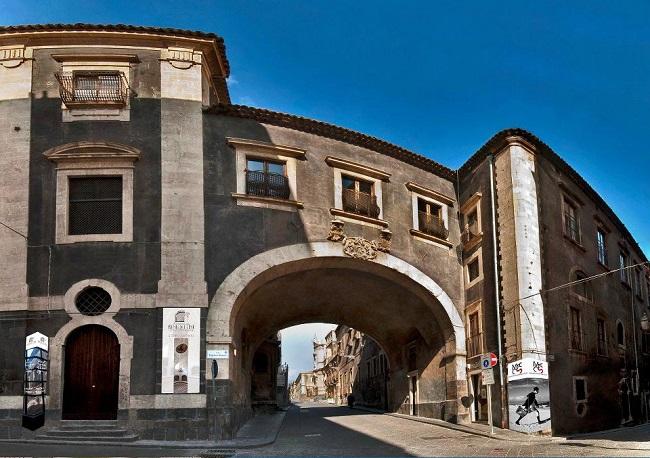
The city of Syracuse is the capital city of the Province of Syracuse, Situated on the Ionian coast, it lies 260 kilometers southeast of Palermo, the regional capital of Sicily. Founded 2,700 years ago, Syracuse was once the most important city in Europe. Wars, empires, and developments in architecture have shaped the modern city. There are 2 distinct areas of interest to most visitors to Syracuse- the island of Ortigia and the Neapolis Archaeological Park.
The city of Messina is situated on the western shore of the Messina Strait, it lies 229 kilometers east of Palermo, the regional capital of Sicily. One of the oldest cities in Europe, Messina was founded by the Greeks in the 8th century BC. It remains an important port for trade and tourism-the gateway to Sicily from the mainland. The city is built on a fault line which has meant a series of earthquakes, the most damaging of which occurred in 1783 and 1908. By sea from Messina, is the most popular journey by ferry crossing to and from Villa San Giovanni and the Aeolian Islands.

The best time to visit Sicily for a beach holiday is the summer, from June to August. The sea temperature is comfortable enough from July to September. April and May are advisable months for hiking and visiting cities, while in summer, it can sometimes be too hot to get around Sicily.
How to get to Sicily
The best way to reach Sicily is by air. There are three airports on the island, Falcone Borsellino in Palermo, Fontanarossa in Catania, and Vincenzo Florio in Trapani Birg. Visitors can take a flight to these airports from any Italy airport. Another way is Ferry. There are dozens of ways to reach Sicily by ferry.
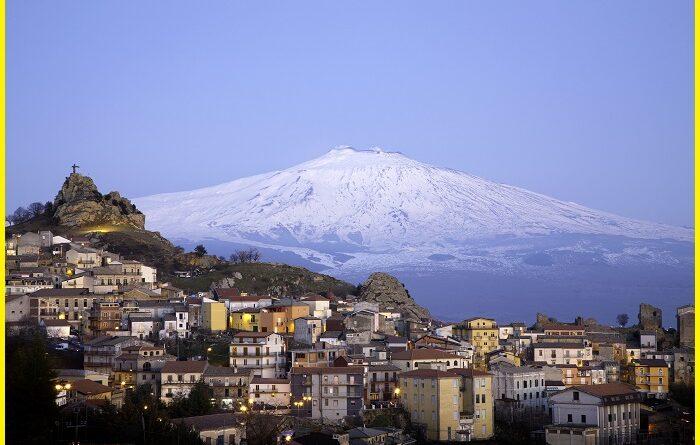
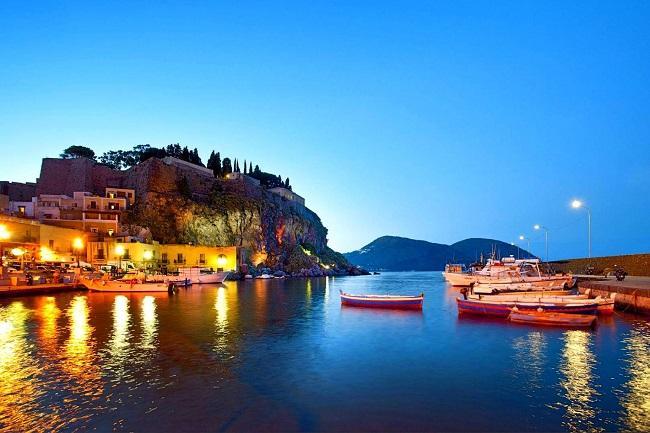
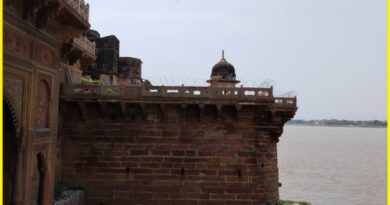
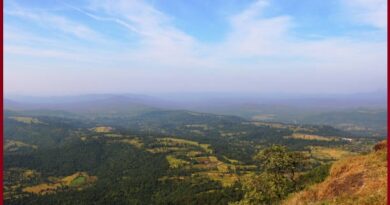

Pingback: A Mystical Places in Morocco-The Hassan Tower - Geotourism